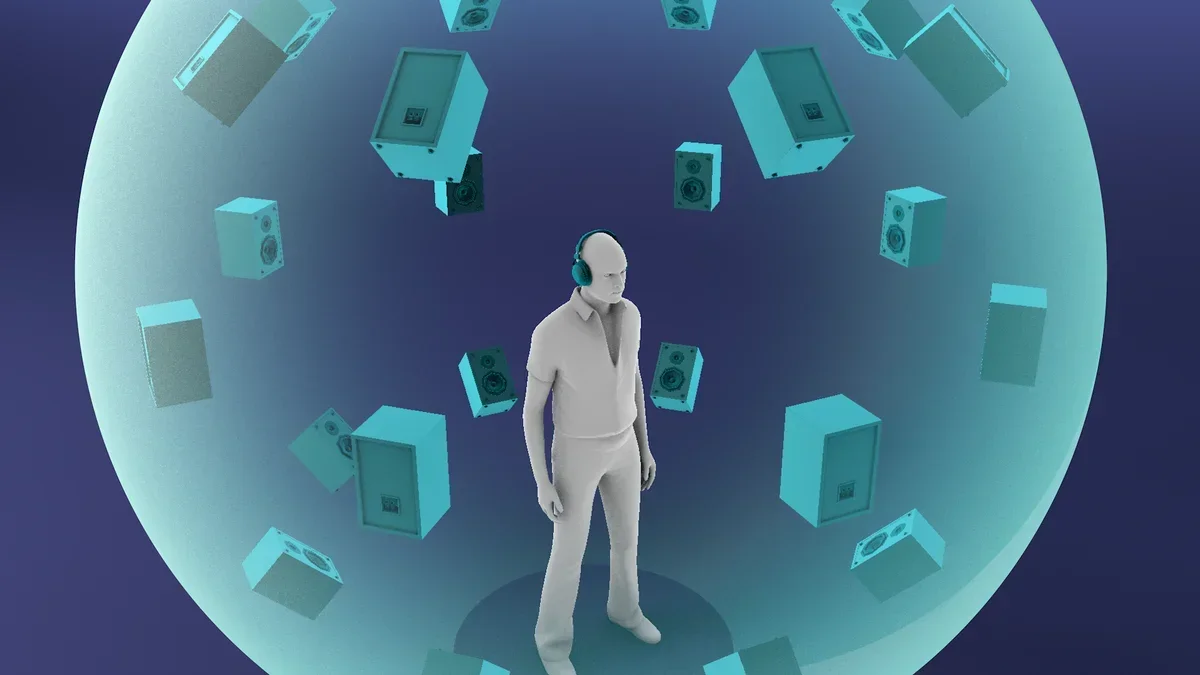The technology behind spatial audio has been steadily evolving. Static spatial audio, currently available on most wired and wireless audio devices, anchors sounds to the listener. This means a sound originating from the left will always sound like it’s coming from the left, regardless of how you move your head. However, dynamic spatial audio takes it a step further. It anchors sounds to the environment, not the listener, creating a more immersive experience where sounds remain stationary relative to the on-screen action, even as you move.
As announced during last month’s Google I/O conference and reported here, Android 15 is set to introduce dynamic spatial audio over Bluetooth LE Audio. This is a significant upgrade as it consumes less power than the current Bluetooth Classic Audio. This means you can enjoy a cinema-like audio experience without draining your device’s battery.
This improved functionality in Android 15 could potentially transform the way you consume media on your phone. Imagine watching a concert on your device and feeling as if you’re right in the middle of the crowd, or playing a game where the sound effects move around you, adding a new layer of immersion.
As Android 15 rolls out, we can anticipate a new wave of audio experiences on our mobile devices. With enhanced spatial audio and support for Bluetooth LE Audio, your Android phone could soon become your personal home theater, delivering an immersive audio experience that rivals even the best movie theaters.
